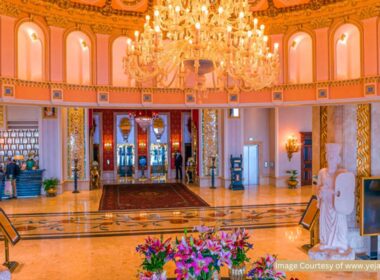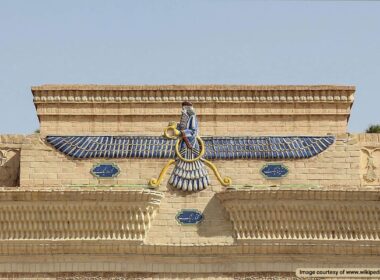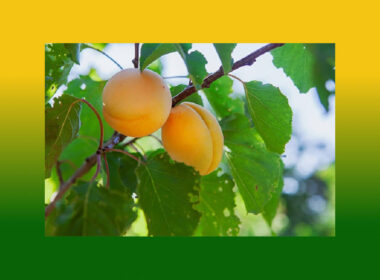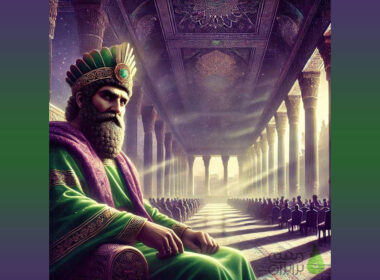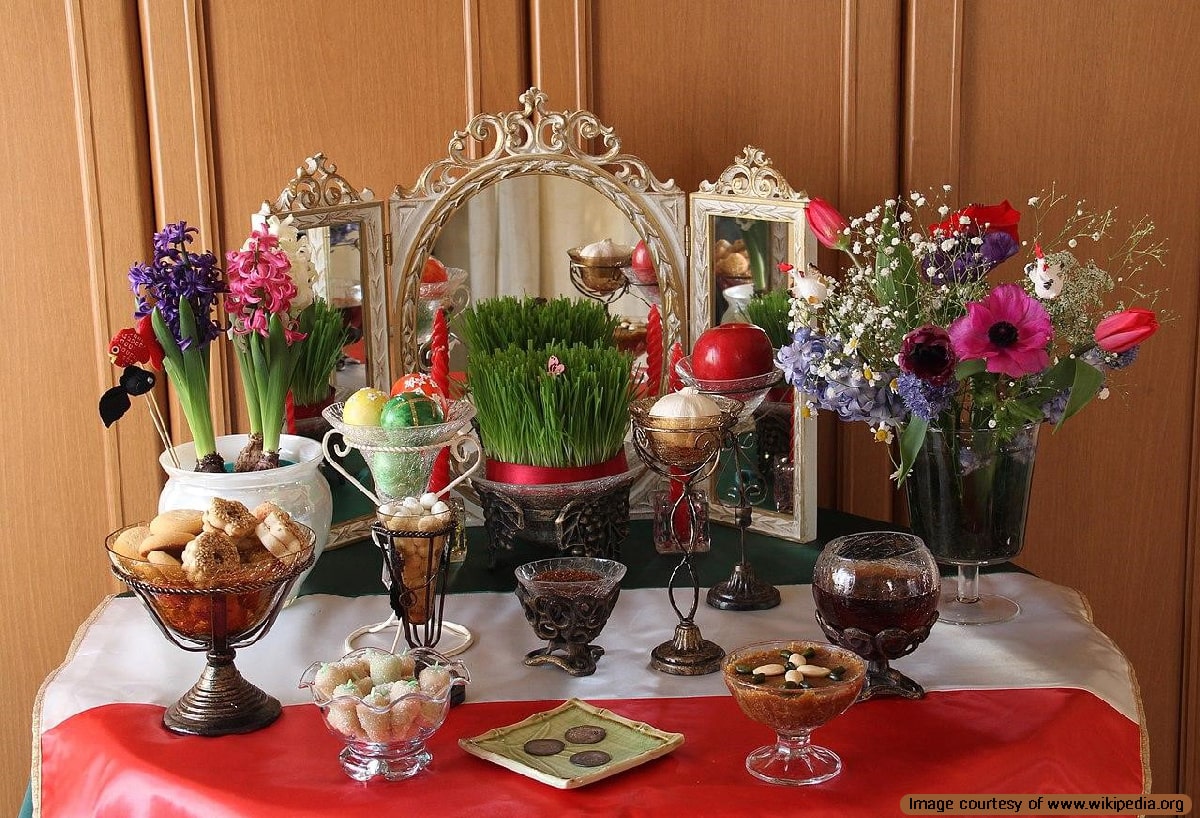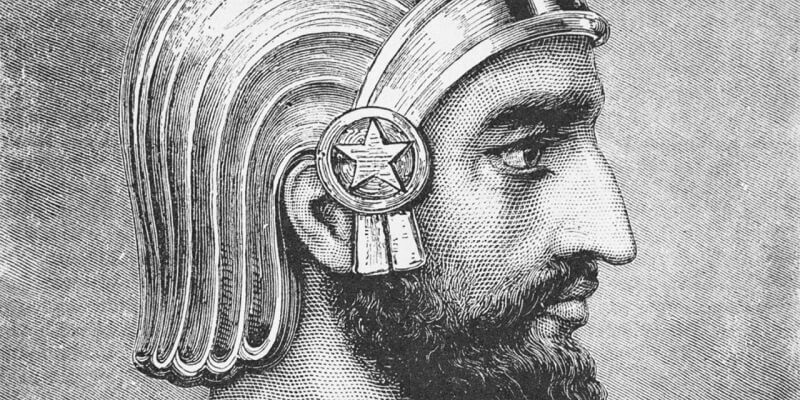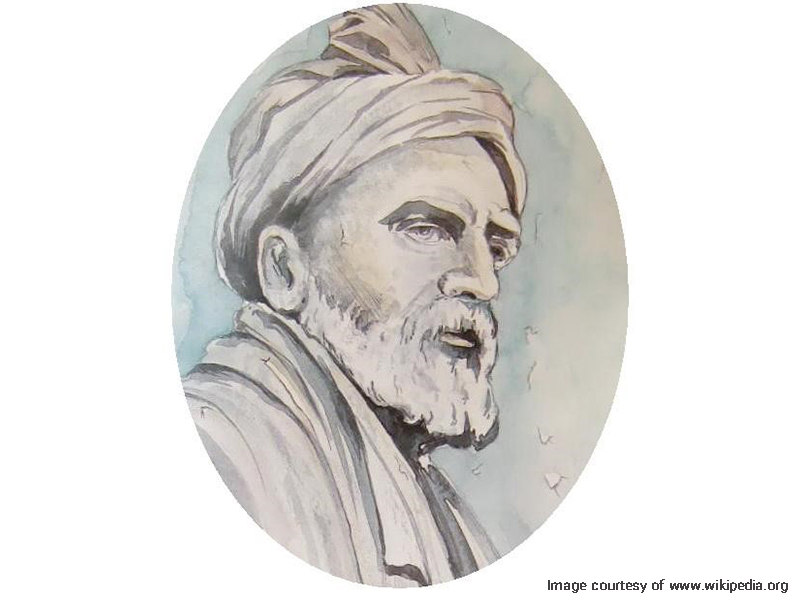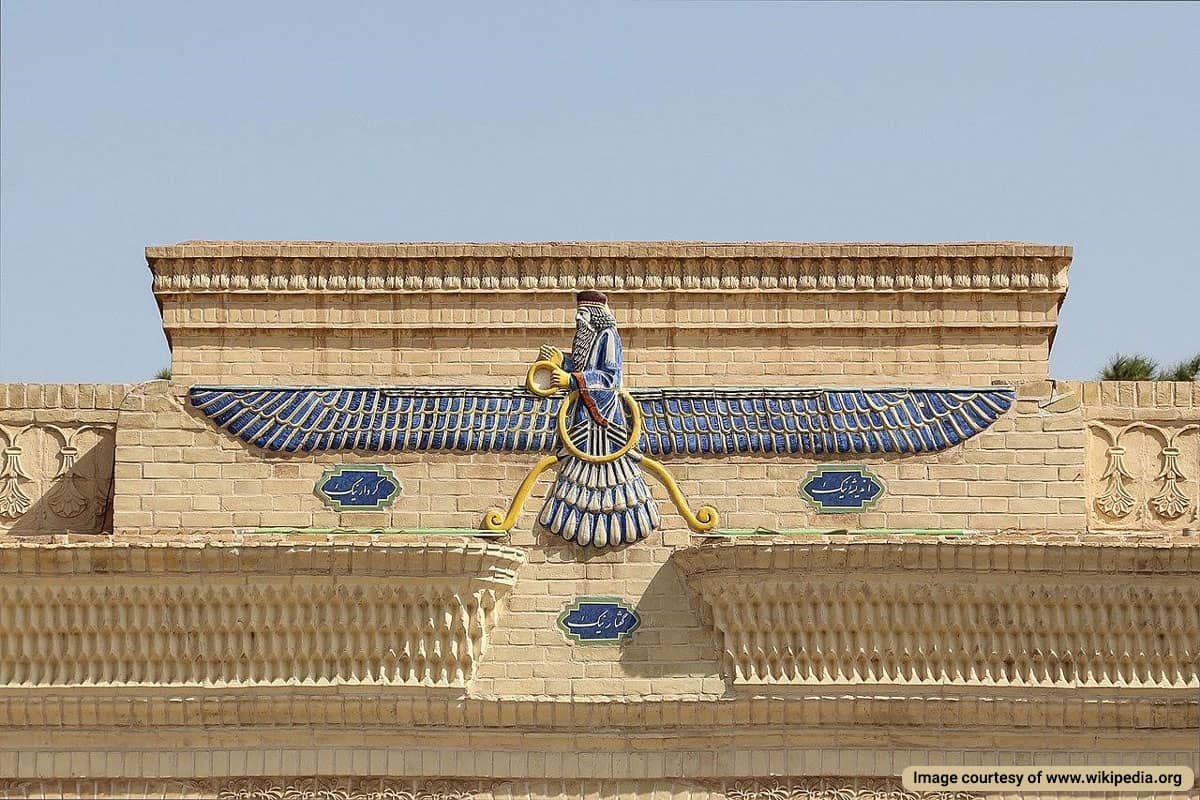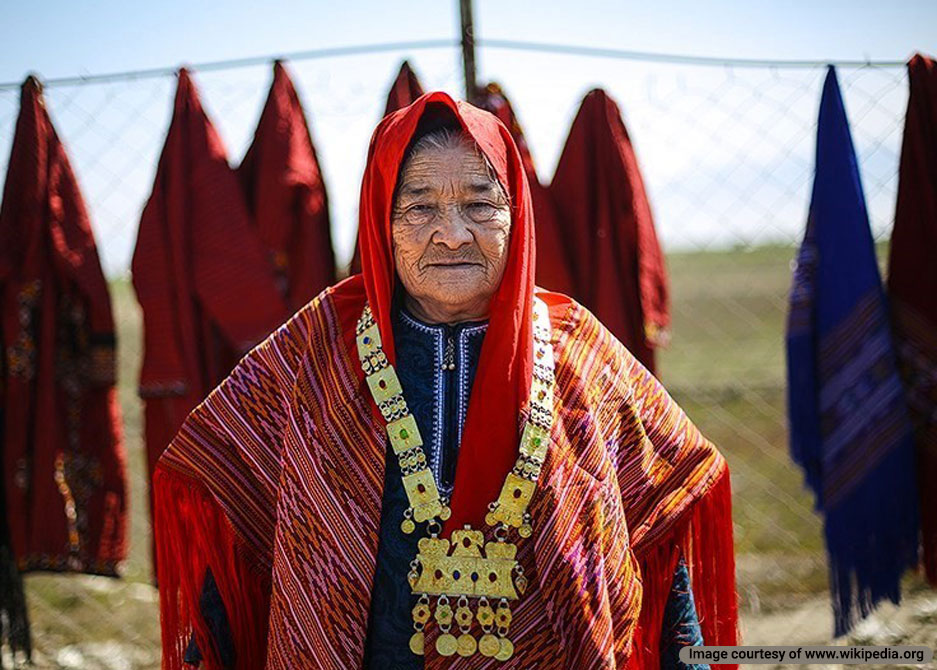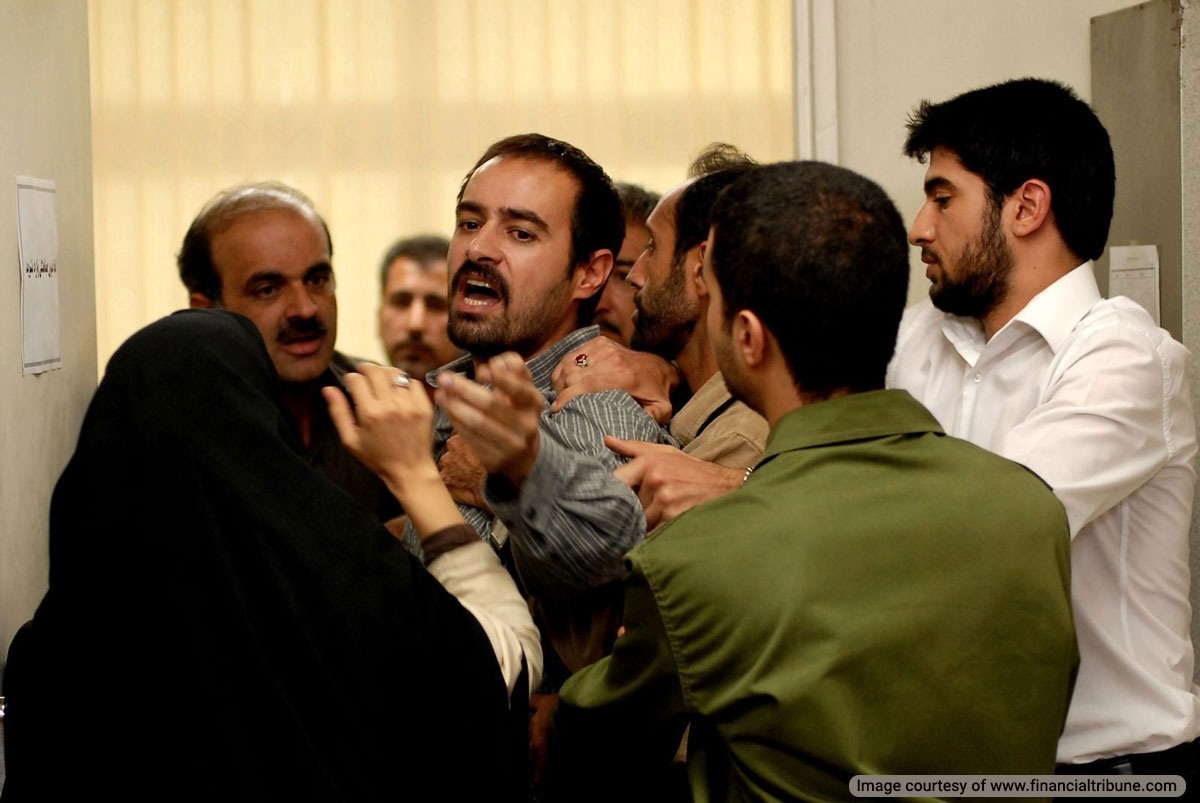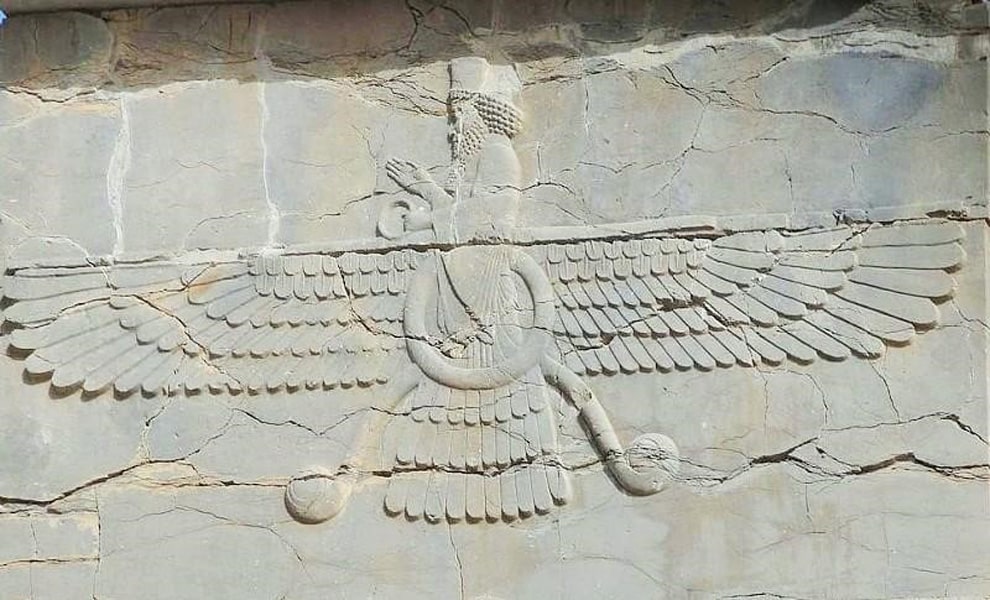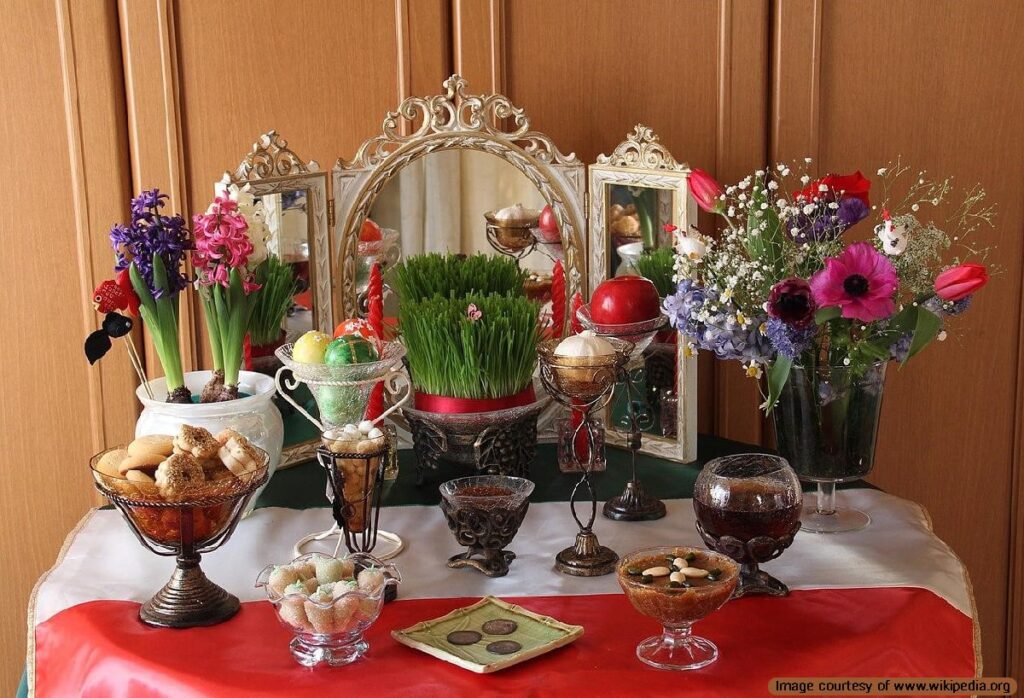
Haft Sin or Haft Seen ( Seven S) is one of the inseparable aspects of Nowruz celebrations in Iran and some Persian-speaking countries. The Sofreh (dining cloth) traditionally contains seven objects whose name starts with the letter (س), pronounced Sin or Seen. This collection includes other objects that are essential to the practice. Sofreh-ye Haft-Sin is one of the main elements of Iranian traditions for starting the new year in good spirits and attracting good fortune and prosperity.
The Origins of Haft Sin Tradition
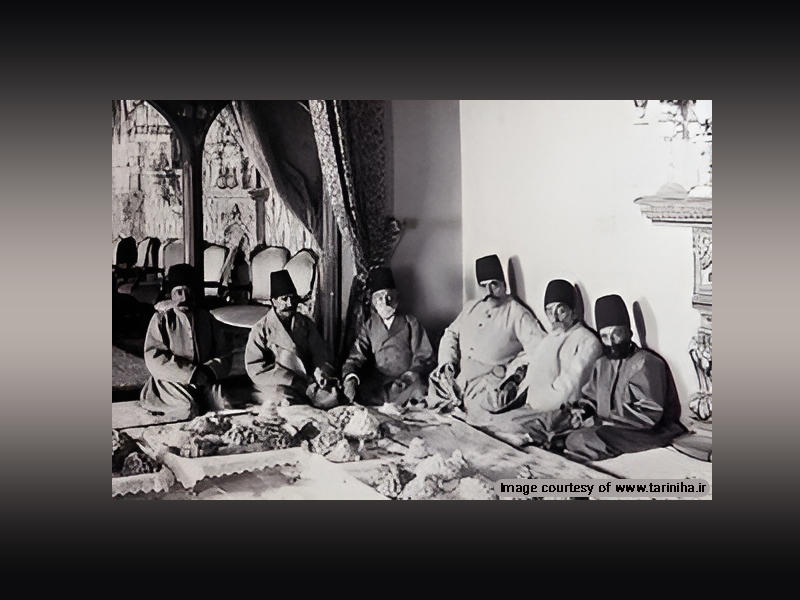
The exact origins of this tradition are unclear. There is no evidence of Haft-Sin in ancient Persian. However, the number 7 is considered holy in Zoroastrian beliefs that emerged during the Sassanid era. Some Iranians believe this practice started in the Sassanid period when people would light seven candles to welcome the new year.
Al-Biruni has mentioned the practice of growing seven kinds of legumes for Nowruz by Iranians. The oldest document referring to Haft Sin is a poem by Barandaq Khojandi in the 14th century that mentions the term Haft-Seen. However, the historical background of the tradition is not specified or directly mentioned. But it is attributed to Iranians in all sources.
In the 15th century, the Timurid prince Ibrahim Sultan described Nowruz and Haft Sin as a collection of objects that must be consumed or worn for good luck. This practice was popular during the Qajar era and was mentioned in the travelogs of Henry d’Allemagne, a French historian who traveled to Iran in the late Qajar period.
Modern Haft Sin Components and Their Meaning
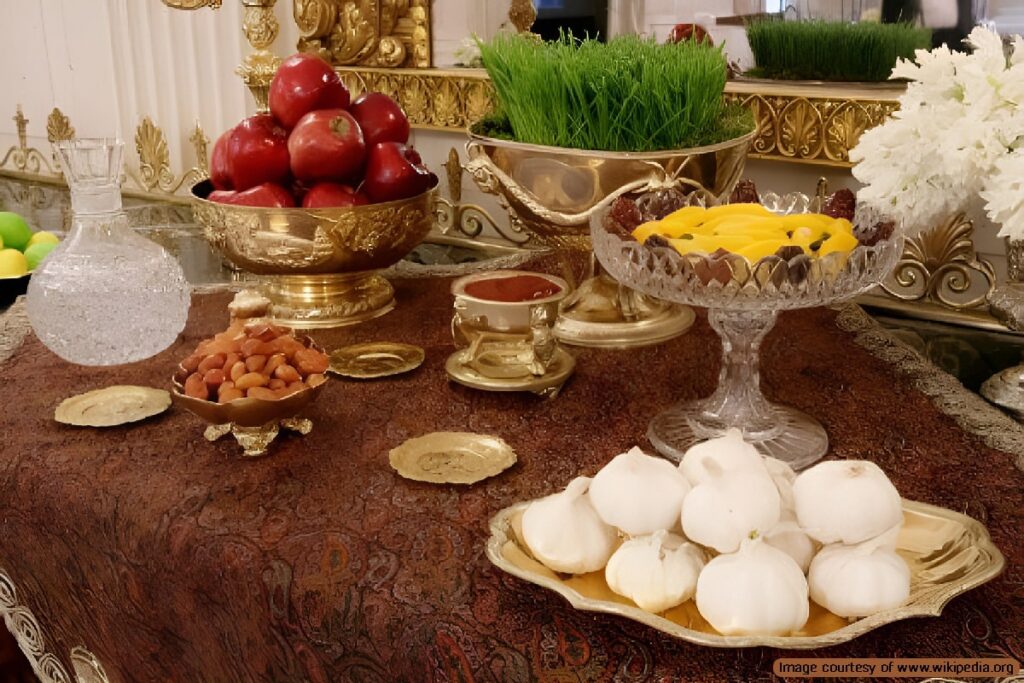
The Haft Sin Sofreh or table has seven symbolic items, each starting with the letter Sin in Persian. These items are selected for their symbolic meanings and represent various aspects of life and nature.
Here are the primary components and the modern interpretation of their symbolism:
- Sabzeh: Wheat, barley, or lentil sprouts grown in a dish, symbolizing rebirth and growth.
- Samanu: A sweet pudding made from wheat germ, symbolizing power and strength.
- Senjed: Russian olive, symbolizing love.
- Seer: Garlic, symbolizes medicine and health.
- Seeb: Apple, symbolizing beauty and health.
- Somāq: Sumac, symbolizes the sunrise and the triumph of good over evil.
- Serkeh: Vinegar, a symbol of age and patience.
Additional Items
In addition to the seven primary items, the Haft Sin table often includes other elements that enhance its beauty and symbolism. Some of the items start with S in Persian, and can be substituted for missing items from the previous list:
- Sekkeh: Coins, symbolizing wealth and prosperity.
- Sonbol: Hyacinth flowers, symbolizing the arrival of spring.
- Sa’at: The clock, which symbolizes the passage of time.
- Tokhm-e-Morgh: Painted eggs, symbolize fertility and new beginnings.
- Goldfish: Symbolizing life and the flow of time.
- Mirror: Symbolizing reflection and self-reflection.
- Candles: Symbolizing light and happiness.
- Holy Book (Quran for Muslims, Avesta for Zoroastrians): Symbolizing spirituality and faith.
- Bread: a special bread flavored with honey and rosewater, symbolizing abundance
Ancient Zoroastrian Sofreh Nowruz and Its Symbolism
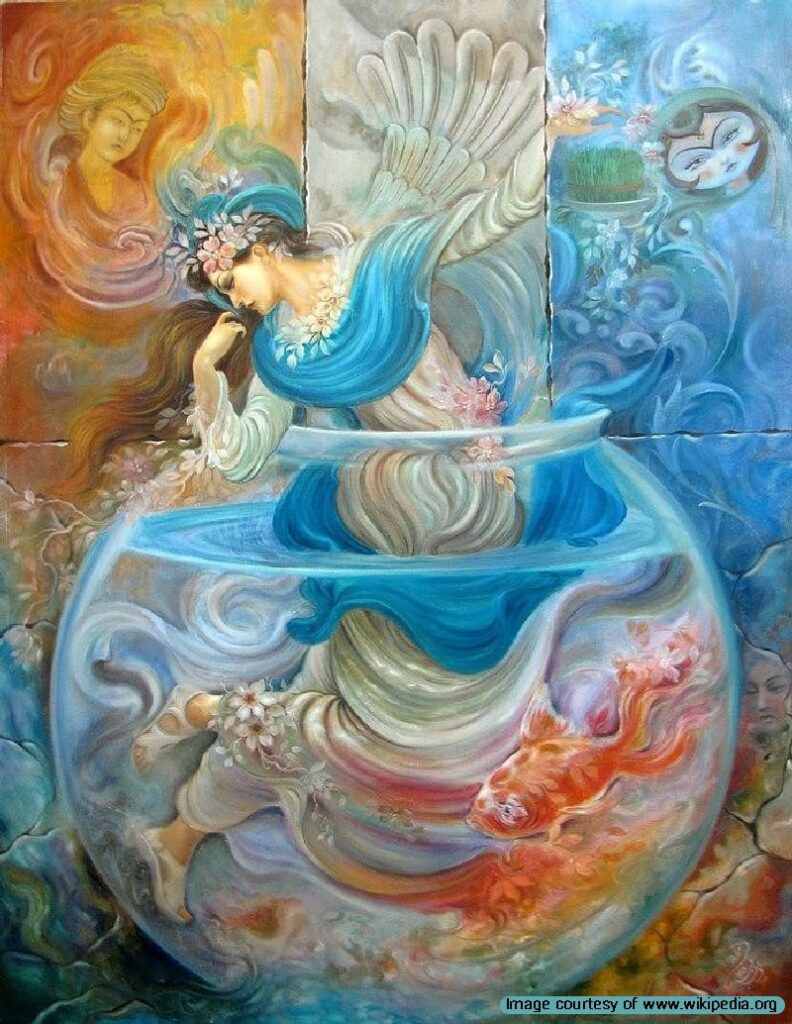
The concept of A special Sofreh for Nowruz dates back to ancient Iranian traditions, while the Haft Sin tradition is more modern. The ancient items associated with Farwardinegan and Nowruz each symbolize an aspect of Amesha Spenta, the Seven Holy Immortals, and the seven creations.
- Milk: a symbol of Vohu Manah/Bahman, representing the cattle
- Egg: a symbol of Spenta Armaiti, and represents the mortals
- Candle: a symbol of Asha Vahishta/Ardibehešt, representing light and purity
- Coin: a symbol of Kshatra Vairya/Shahrivar, representing wealth, divine power, and the ideal society
- Sprout, and Hyacinth: a symbol of Haurvatat/Khordad and Ameretat/Mordad, representing health, completeness, eternal life
- Bidmeshk (musk willow), Esfand (wild rue), Seer (garlic): a symbol of Spenta Armaiti, representing healing and the earth
- Rainwater and Samanu symbolize Anahita, which represents the waters and fertility. Women must prepare the Samanu without the presence of men.
- Fish in a jar: a symbol of Kar Mahi (Fish), who is tasked with protecting the Vourukaša sea (cosmic ocean)
Practices Similar to Haft Sin in Other Countries
While Haft Sin is a unique and deeply rooted tradition in Persian culture, many other cultures around the world have similar practices that involve symbolic items and rituals to celebrate the new year or significant seasonal changes. Here are a few examples:
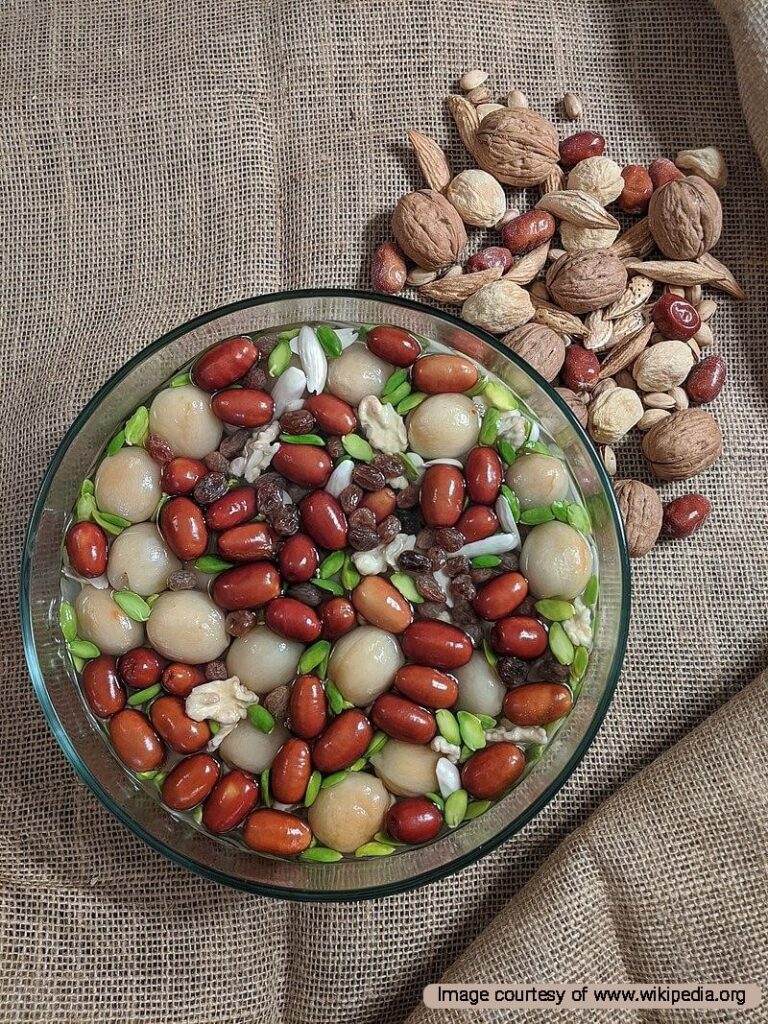
Nowruz Celebrations in Central Asia
In countries like Uzbekistan, Tajikistan, Kazakhstan, Kyrgyzstan, and Turkmenistan, Nowruz is celebrated with various customs that resemble the Haft Sin tradition. These celebrations often include setting up a table with symbolic items, such as sprouted wheat (similar to Sabzeh) and other local foods that represent prosperity and renewal. In Afghanistan, people prepare a similar collection called Haft Miwa (Seven Fruits), a fruit salad served with syrup made from raisins, Senjed (Russian olives), pistachios, hazelnuts, prunes (dried apricots), walnuts, and almonds.
Chinese New Year
Chinese New Year, also known as the Spring Festival, involves several symbolic practices. Families set up a table with offerings to ancestors and deities, including fruits, sweets, and other items that symbolize good fortune, health, and prosperity. The use of red decorations and firecrackers is also meant to ward off evil spirits and bring good luck.
Japanese New Year (Shogatsu)
During Shogatsu, Japanese families prepare a special set of dishes called Osechi Ryori, which are packed in lacquer boxes. Each dish has a symbolic meaning, such as health, fertility, and good harvest. Additionally, families decorate their homes with Kadomatsu (pine and bamboo decorations) and Kagami Mochi (rice cakes), which are believed to bring good fortune.
Learn More About Nowruz Celebration in Iran
Nowruz is one of the most important ancient celebrations in Iran, and Haft Sin is an integral part of this intangible cultural heritage. By learning more about Nowruz rituals, you can gain insight into Iranian cultural values that are symbolically represented in the items.
Destination Iran invites you to visit Iran during Nowruz (March 21st) and see different variations of the Haft Sin table in Iranian homes and public locations.
Frequently Asked Questions About Haft Sin
If you have any other questions about Haft Sin or other Nowruz traditions, please let us know in the comments. We will respond as soon as possible.
What is Haft Sin?
Haft Sin, or Haft Seen, is a traditional table setting for Nowruz, the Persian New Year. It includes seven items, each starting with the Persian letter “Sin” (س), symbolizing various aspects of life and nature.
What are the seven items on a Haft Sin table?
The seven primary items are:
- Sabzeh: Sprouts, symbolizing rebirth and growth.
- Samanu: Sweet pudding, symbolizing power and strength.
- Senjed: Russian olive, symbolizing love.
- Seer: Garlic, symbolizing medicine and health.
- Seeb: Apple, symbolizing beauty and health.
- Somāq: Sumac, symbolizing the sunrise and the triumph of good over evil.
- Serkeh: Vinegar, symbolizing age and patience.
Are there additional items on the Haft Sin table?
Yes, additional items often include coins (Sekkeh), hyacinth flowers (Sonbol), a clock (Sa’at), painted eggs (Tokhm-e-Morgh), goldfish, a mirror, candles, and a holy book. These items enhance the table’s beauty and symbolism.
What is the historical significance of Haft Sin?
The exact origins are unclear, but it is believed to have roots in Zoroastrianism and the Sassanid era. The tradition has evolved over centuries, with references found in historical texts and poetry.
How is Haft Sin celebrated today?
Modern celebrations often blend traditional and contemporary elements. Families set up the Haft Sin table, gather for a festive meal, and participate in various customs to welcome the new year with good spirits and prosperity.


